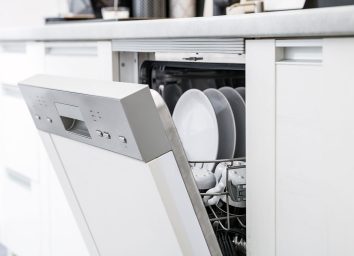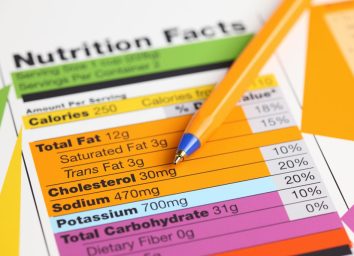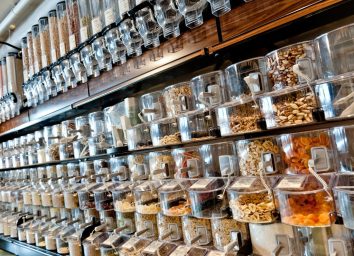23 Genius Tips to Reduce Food Waste
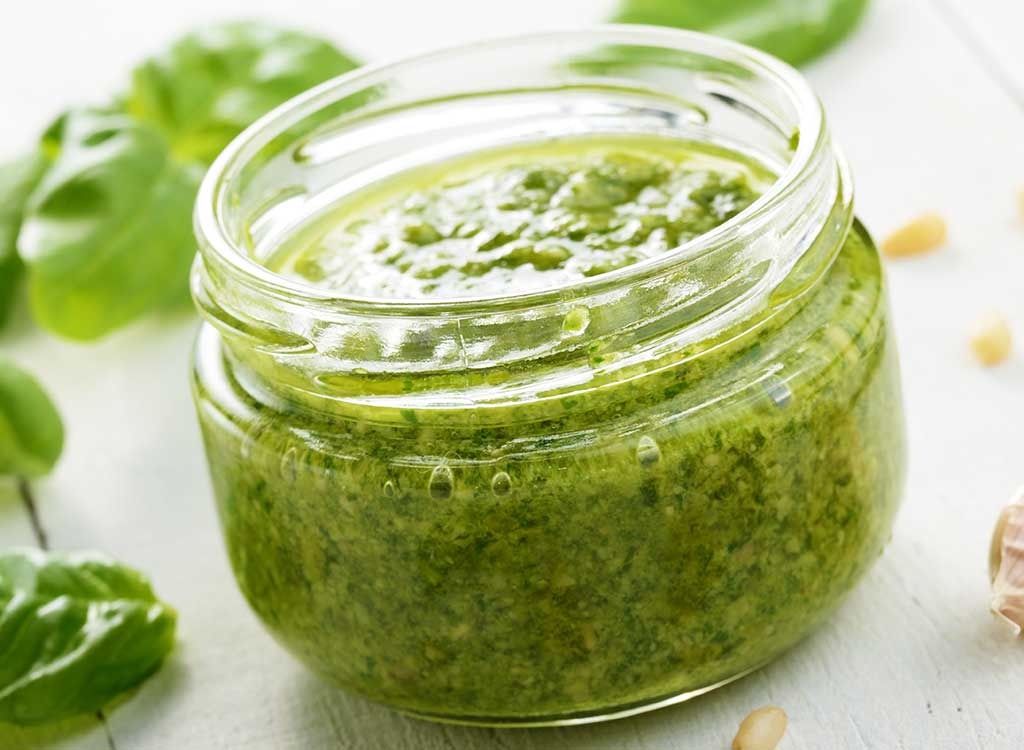
Last weekend: Your refrigerator was a barren oasis because you were at the end of your grocery cycle; there was no way the hodgepodge of condiments could unite to form a dinner, so you ordered in. This weekend: Your fridge is packed to the brim—a result of an overzealous trip to the grocery store—and the strawberries in that unopened crate are already putting on their furry coats. Eww! Somewhere in between these two extremes is a sweet spot—one that won't lead to last-minute takeout orders or guilt-ridden refrigerator clean-outs. These tips will help you strike the perfect balance for next weekend! Check 'em out and then be sure to learn about these 25 Ways to Use Almost-Spoiled Food.
First, A Note About Food Waste

There's no hiding from the truth; we waste a lot of food. Roughly one-third of the food produced around the world (Translation: 1.3 billion tons) gets lost or wasted every year, according to the Food and Agriculture Organization of the United Nations. Even if we could just recoup 25 percent of that food waste globally, it would be enough to feed 870 million hungry people, the U.N. says. Fruits, veggies, roots, and tubers have the highest waste rates.
The average family of four in the United States tosses away anywhere between $500 and $2,000 worth of food in the trash can each year, according to a Wall Street Journal report. And that's not even the worst part! The environmental impact is making scientists across the globe wring their hands in worry. We know you'd like to think that your food just goes back into the ground or a bunny comes and eats it, but the scary reality is that those food scraps in the landfill emit methane—a potent greenhouse gas that can contribute to global warming because of its ability to trap heat.
Ready to cut down on food waste? Stellar! These 23 genius tips will help you do just that. On your marks, get set, go green team!
Swap Lunches

File this under genius: Make a deal with your work bestie to trade leftovers at lunch. That way, you won't feel bored by eating the same meal back-to-back. Plus, when you brown bag it at lunch, you save yourself from all those extra calories you'd pack in by going through a drive-thru or out to eat. "You really should eat your leftovers quickly so they don't grow any bacteria or mold," advises Guberti.
Keep a Food Waste Journal
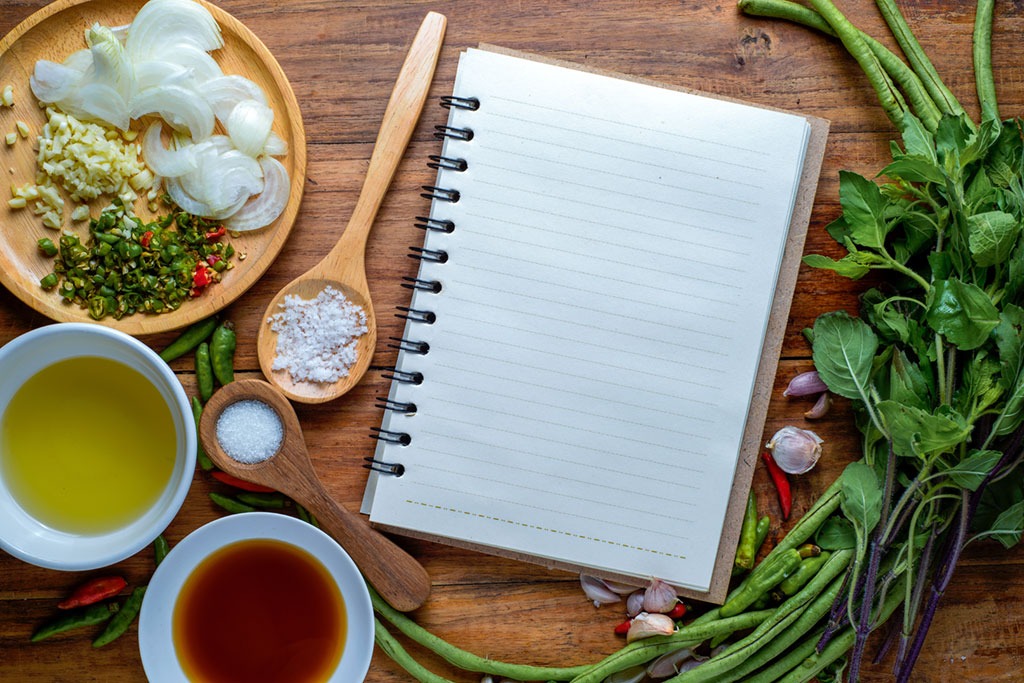
So, you already keep a food journal to help you lose weight? Bravo! Now, try adding a chapter to that journal or start a separate "food waste" section, suggests Nancy Guberti, certified nutritionist and healthy lifestyle coach. "Monitor what you throw away on a daily basis. Then, refer back to your notes before you go grocery shopping and plan accordingly for the following week."
Make a Stew
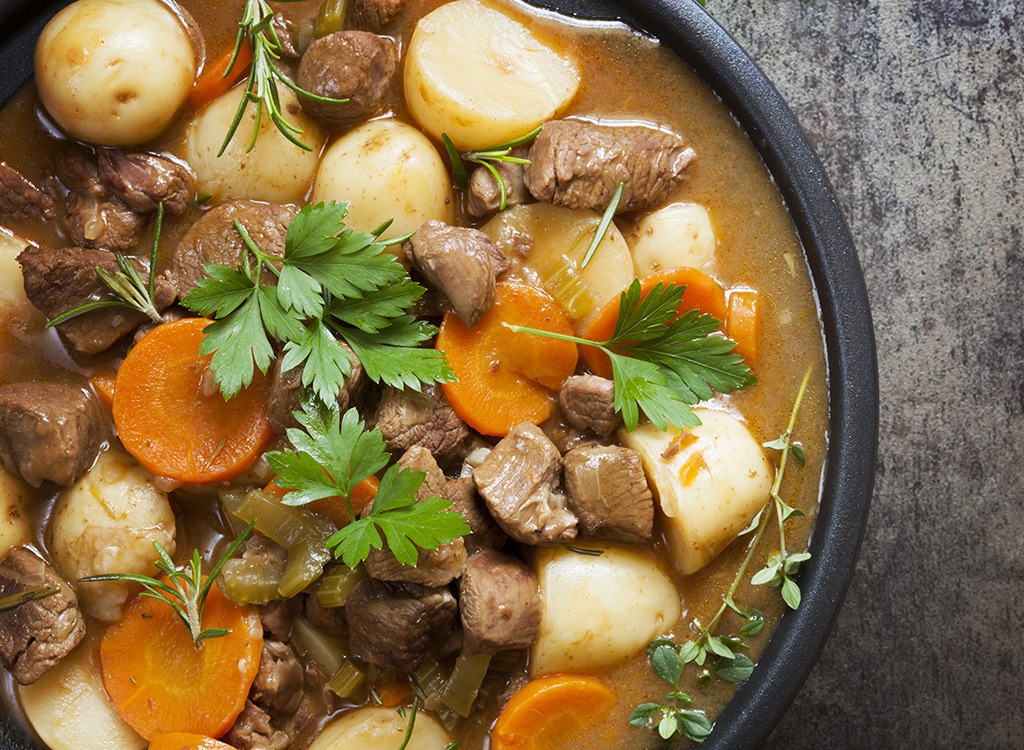
It's sweater weather! And stew weather! If you have extra fresh veggies and you know you're not going to be able to eat them before they spoil, get out your crockpot and make a stew or vegetable stock, suggests Guberti. "I even add sweet potatoes and kale to my homemade chicken soup and it tastes amazing!" she says. For the bonus round, try these creative ways to use up leftover soup.
Turn Your Veggies into Dessert
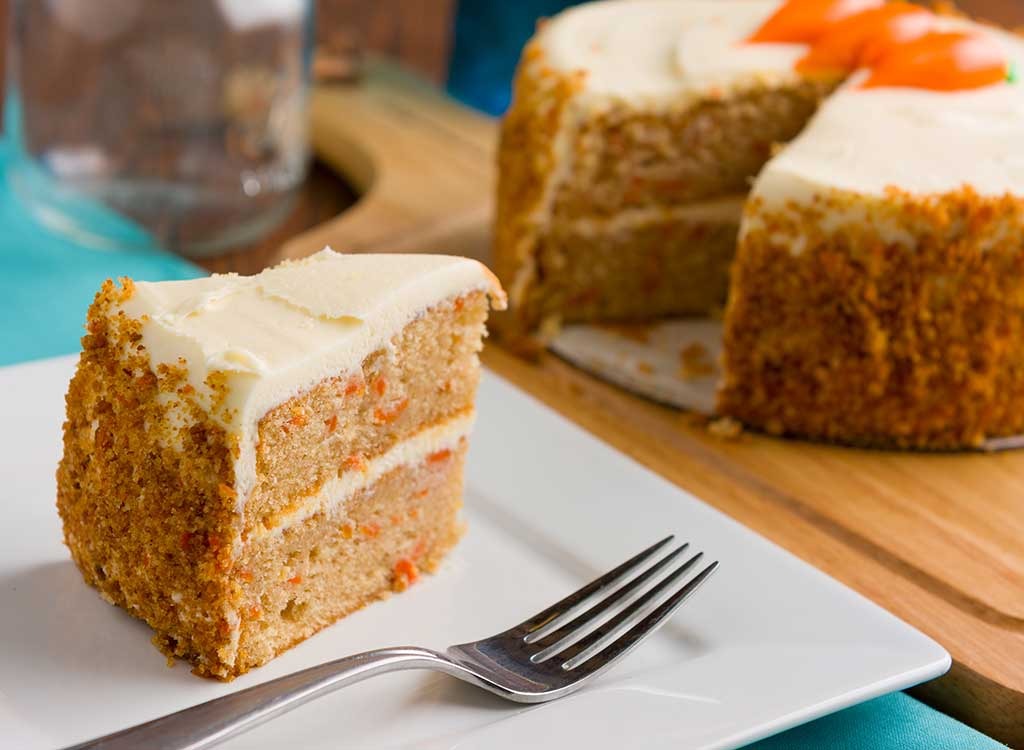
One way to make certain you get your daily serving of veggies: Hide 'em in your desserts. If you have too many fresh vegetables, like zucchini and sweet potatoes, slice them thinly, bake them, and eat them as snacks over the next few days, Guberti suggests. Or, sneak them into one of these veggie-rich desserts. (Yeah, we're talking cake, people!). The trick works with bread, too, as it can become the base for a delish bread pudding, Guberti suggests.
Repurpose Your Food
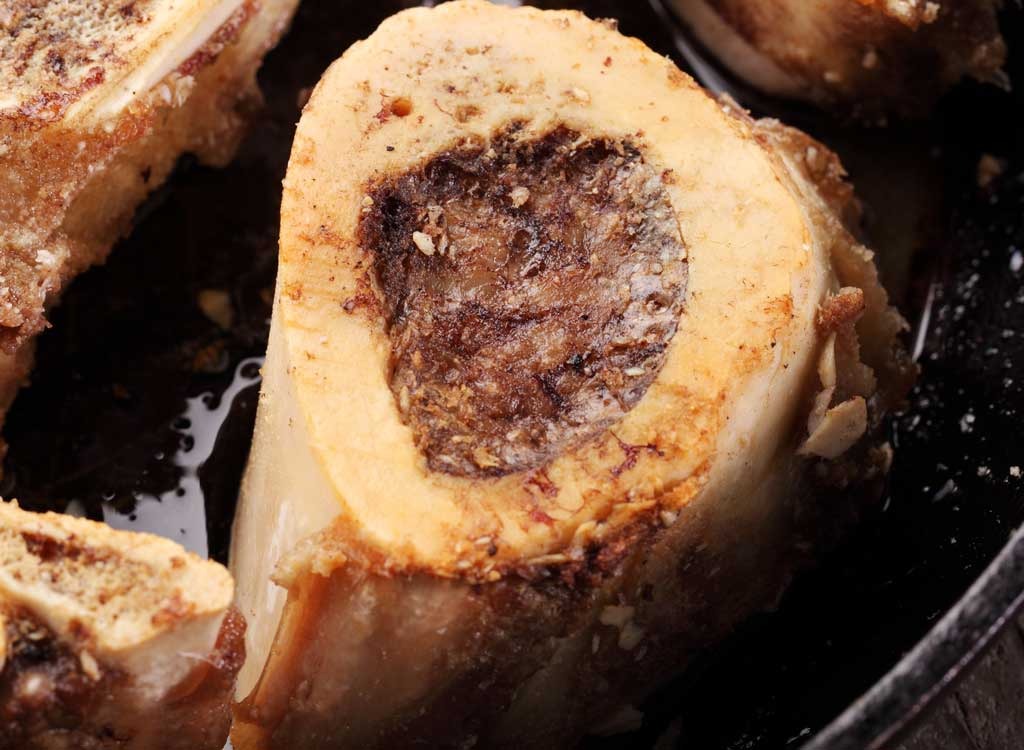
Get scrappy! Re-imagine your food scraps and see if you can make them go even further. Turn your lemon peel into a zest. Simmer bones for bone broth. The end of your beets and your orange peels can be made into a DIY fabric dye. Or use fruit peels for an organic, antioxidant-rich facial and zen out at the end of a long day. Guberti offers up this tip after making a nut-based milk: "When I make homemade hazelnut milk, I use water and hazelnuts then when all the milk is made I repurpose the leftover mushy hazelnuts that have been processed to make hazelnut muffins."
Juice Your Leftovers
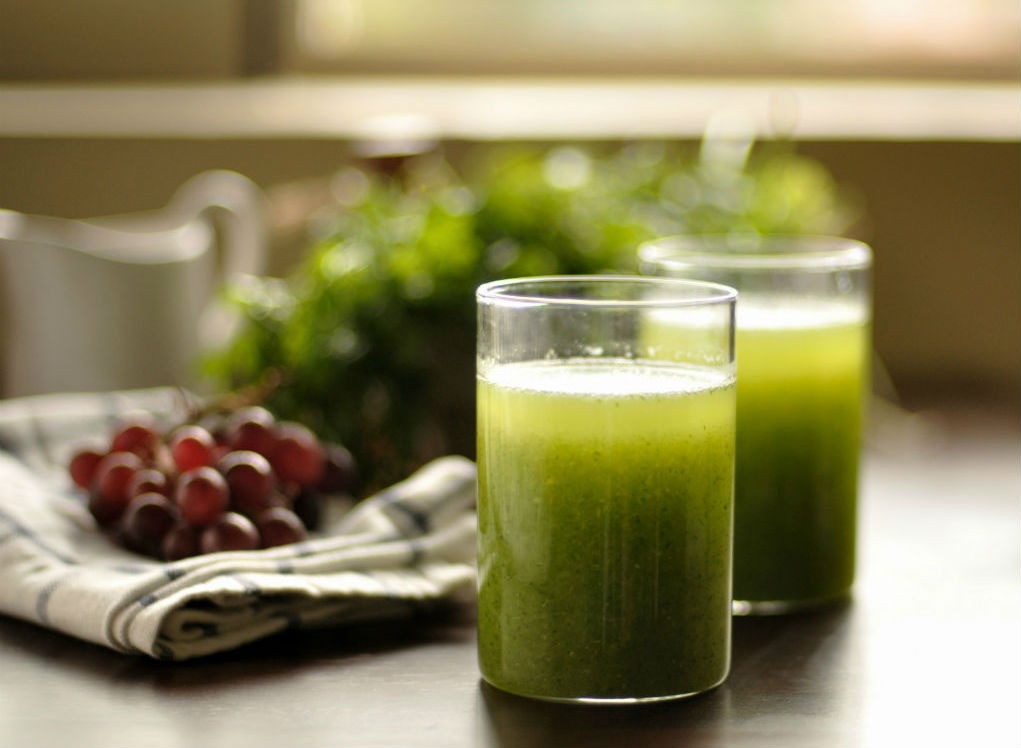
Didn't finish your entire bag of baby carrots by the end of the week? All good! A bag typically can last for three or four weeks, which is a pretty good shelf life. But if you're nearing that one-month expiration mark, Guberti suggests juicing them. Try a carrot juice recipe with ginger, garlic, and red leaf lettuce or some of these other best-ever detox juices.
Meal Plan

You know meal planning like a boss is key to weight loss. But it's also a great way to prevent food waste. To do it right, Guberti suggests taking inventory of what you already have. (How many times have you bought shredded mozzarella when you already had a bag hanging out?) Then, plan out your meals and write a detailed shopping list and stick to it. Finally, avoid clutter in your refrigerator, freezer, and pantry so you can always know what you have on deck, Guberti suggests. For more strategies to make the most of your efforts, check out these 25 Tips for Meal Prep Sunday!
Store Your Food Correctly
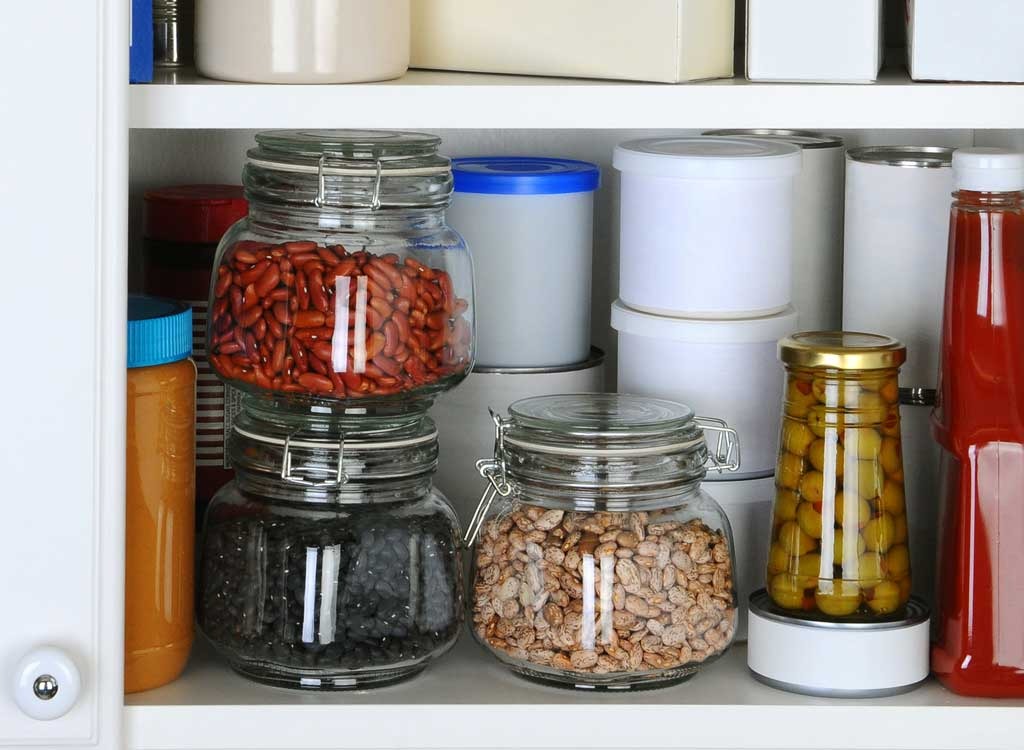
Psst! Your potatoes fare best in a paper bag in a cool place, like the pantry. Meanwhile, your tomatoes are a bit fickle: They don't like to be cold and they prefer to hang out on your counter, but not in the direct sunlight. For avocados, if you want them to ripen, leave them on your counter. But if you don't need to make your famous guacamole until next weekend, stash those avocados in your refrigerator to slow down the process. Onions should take up their residence in the pantry because they enjoy a cool, dry space.
Make a Pantry Meal

Give your pantry a good audit. When you've got foods nearing an expiration date, move them to the front. Plan your meals around those dates, Guberti suggests. Then, get some mealtime inspiration by plugging the ingredients you have into a website like SuperCook.com, which will find matching recipes. And before you restock, check out our 20 Best and Worst Pantry Staples for Your Belly.
Donate!
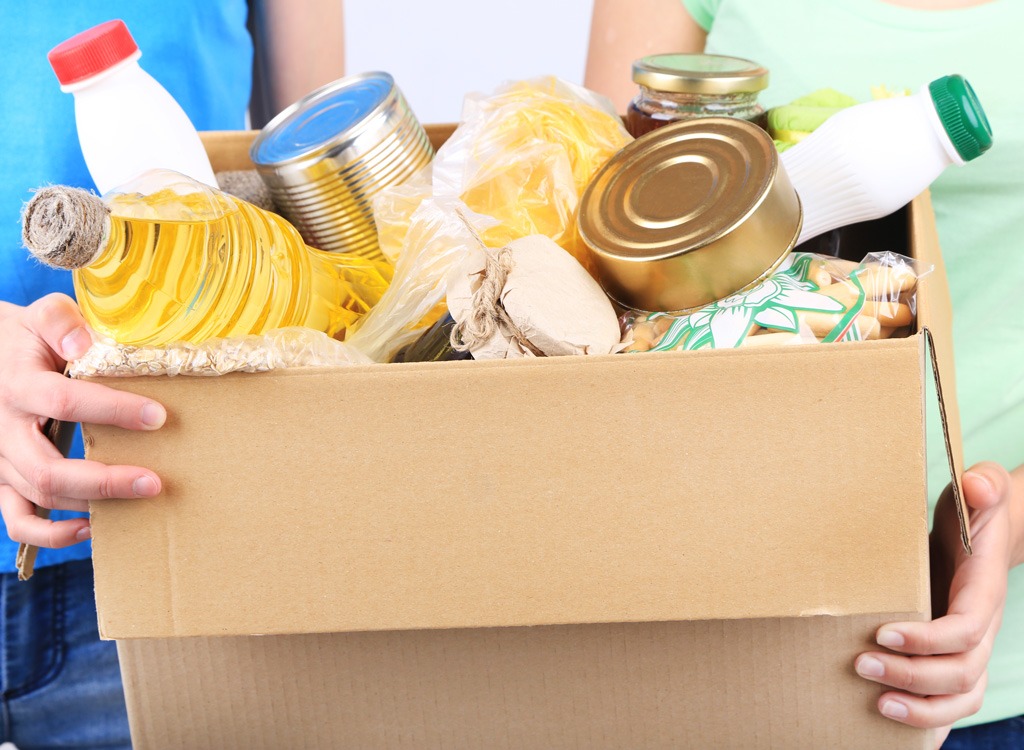
If you know you won't be able to finish any foods, bring it to a local food bank. If you need help finding a local food bank near you, you can plug your zip code into FeedingAmerica.org to narrow down a food pantry or meal program near you.
Rethink Your Grocery Shopping Schedule

Instead of making a standard weekly grocery run, go once mid-week and once on the weekend, says Jennifer Keirstead, registered holistic nutritionist. "Shopping even one extra day per week can help you purchase smaller amounts of produce so it doesn't have time to go bad," she says.
Freeze Your Extras
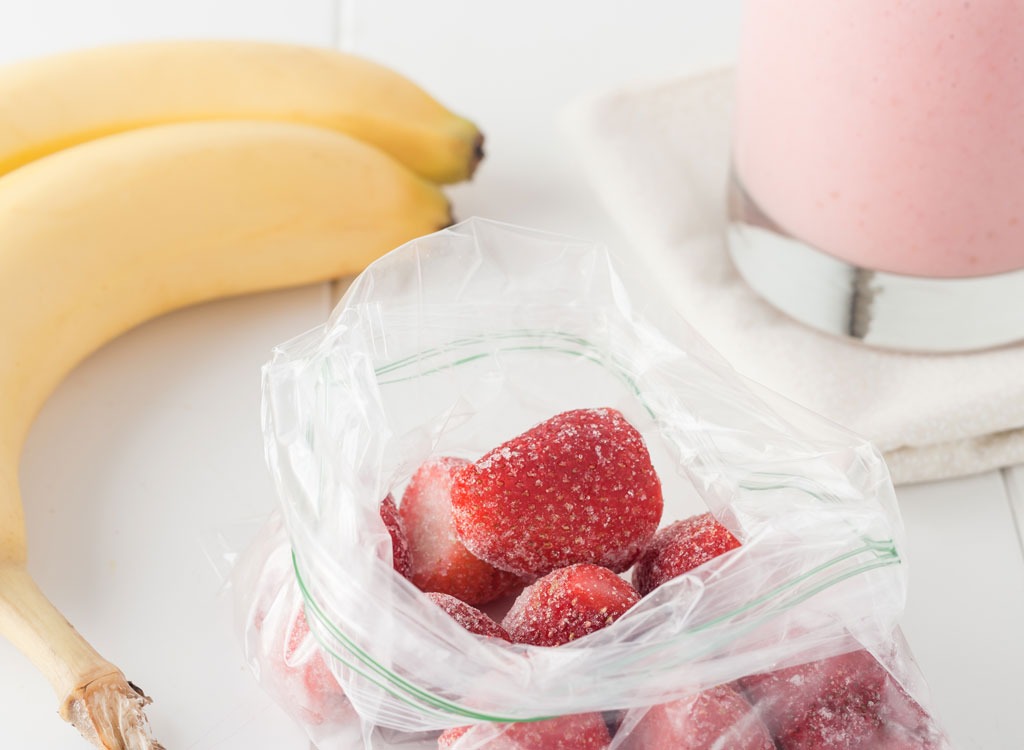
Go ahead, double on those soup or chili recipes and simply freeze your extras. "Labeling your leftovers is just as important," Keirstead says. "This will help you keep track of how long items have been in your freezer and will help encourage you to incorporate them into your daily or weekly routine."
Hit the Freezer Aisle
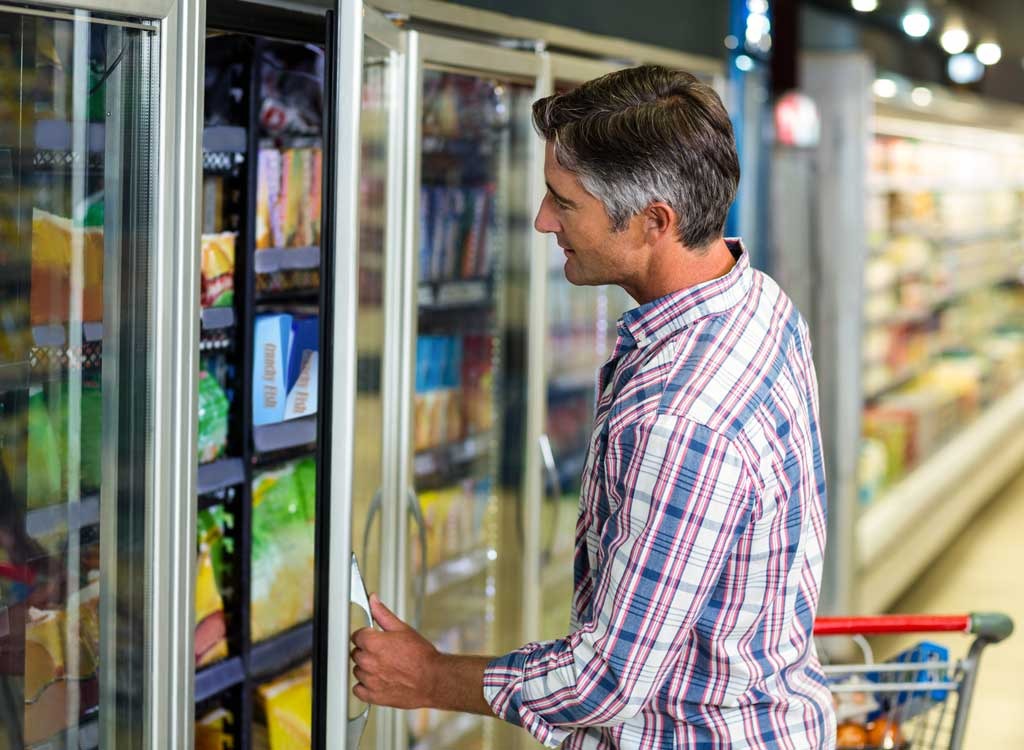
Buy frozen fruits and veggies, suggests Ilyse Schapiro, R.D. and co-author of Should I Scoop out My Bagel? "The prices tend to be lower than fresh produce and you can get variety if you don't want to stick to the foods that are in season," she says. Frozen fruits and veggies actually retain the same nutrients as fresh ones and they last longer. Plus, here's 17 Surprisingly Delicious Things You Can Do With Frozen Food to motivate you even more!
Stock Your Food Like They Do In Stores
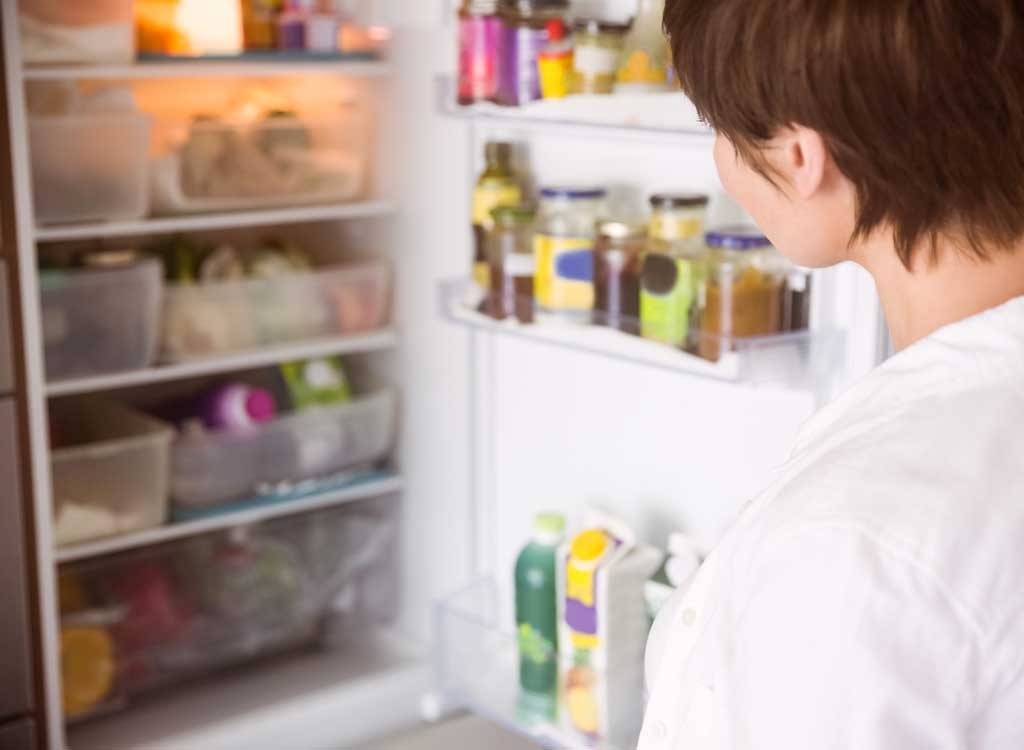
New rule for your fridge: First in, first out. When you buy new yogurt cups, for example, move the old ones to the front and place the new ones in the back, essentially creating a line-up to eat from.
Buy Those Ugly Fruits!
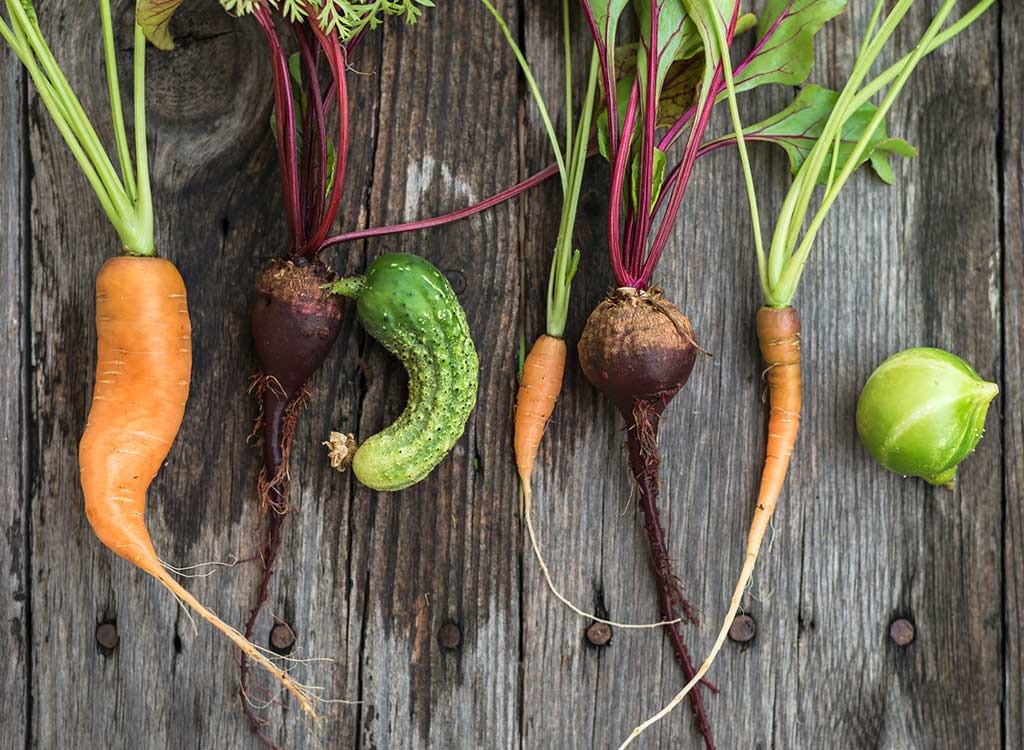
They're not winning any beauty pageants at the farmer's market, but it's what's inside that counts! Those conjoined carrots and misshapen strawberries are a-okay to eat and some stores are even pricing them lower to encourage consumers to buy 'em up so they don't get tossed.
Understand Expiration Dates
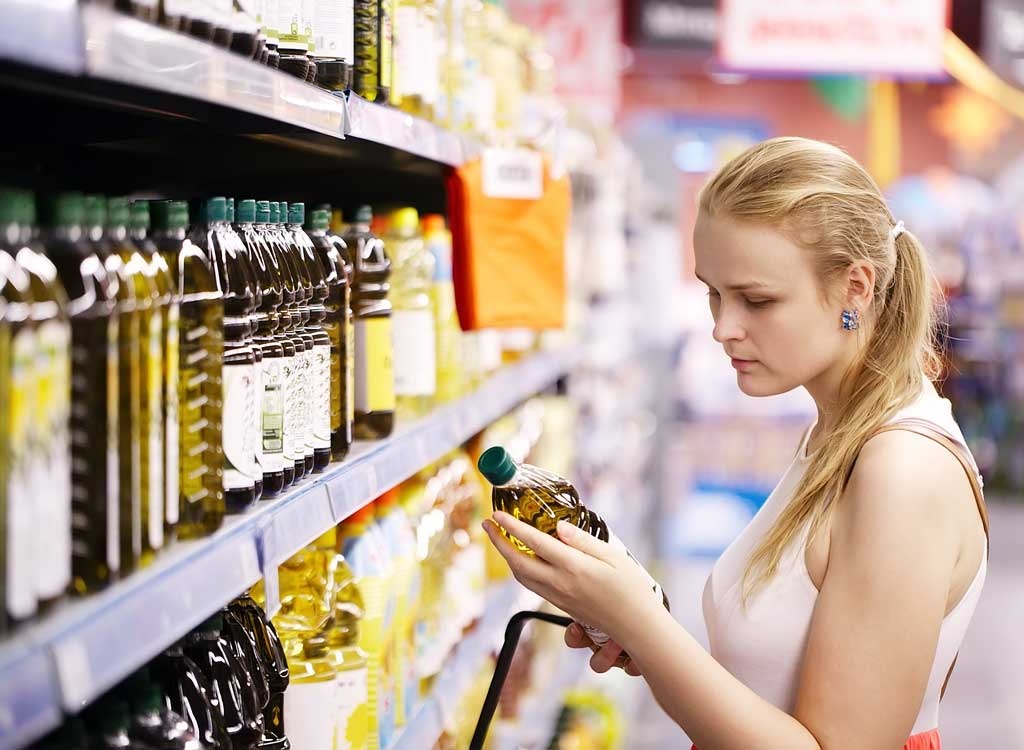
Get this: Eighty-four percent of people chuck food based on date labels (at least occasionally), according to a joint study by the Harvard Food Law and Policy Clinic, the Johns Hopkins Center for a Livable Future, and the National Consumers League. The problem? Those "best by" and "sell by" dates are not federally regulated (unless it's baby formula) and oftentimes are a mere suggestion by the manufacturers for peak freshness. A better way to know if your food is safe to eat is to look at it, feel it for texture changes, or smell it. Other good testers: If an egg is bad, it will float in cold, fresh water. Yogurt will puddle more than usual or get moldy. Green veggies start to turn yellow. You get the idea. On the flip side, do you know about these 15 Kitchen Staples That Don't Go Bad for Years?!
Buy From the Bulk Bin
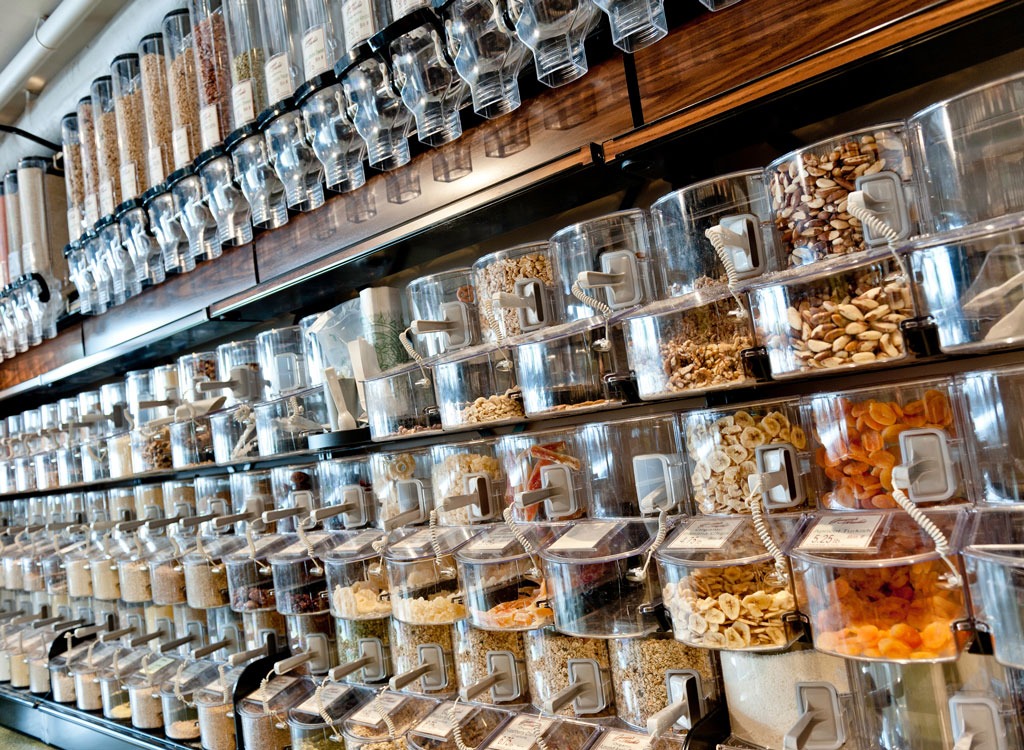
One size doesn't always fit all. That's where the bulk bin comes in so you can get just enough granola for your parfaits or the perfect amount of soup mix for the winter. If you love experimenting with recipes, the bulk bin is perfect because you can experiment with new products without getting stuck with a bunch of extras. Plus, there's much less wasteful packaging, which, in turn, will help you save a little cash, too. For the uninitiated, the bulk bin is full of rice, grains, soup mixes, beans, trail mixes, nut butters, herbs, spices, peppercorns, snacks, and more. That said, there are 12 Things You Should Never Buy in Bulk that you'll want to know about before going crazy.
Split Your Meal

The average restaurant meal clocks in at 1,128 calories, according to a University of Toronto study. Some may even surpass the target mark for your entire daily caloric intake. (We're looking at you, 13 Most Shocking Restaurant Portions.) And that's not even counting drinks or the bread basket. Our point? Next time you go out to eat, consider splitting a meal. Not only will your waistline will thank you, you'll also eliminate the chance that the bus boy will have to toss out your leftovers.
Can and Jar Your Food
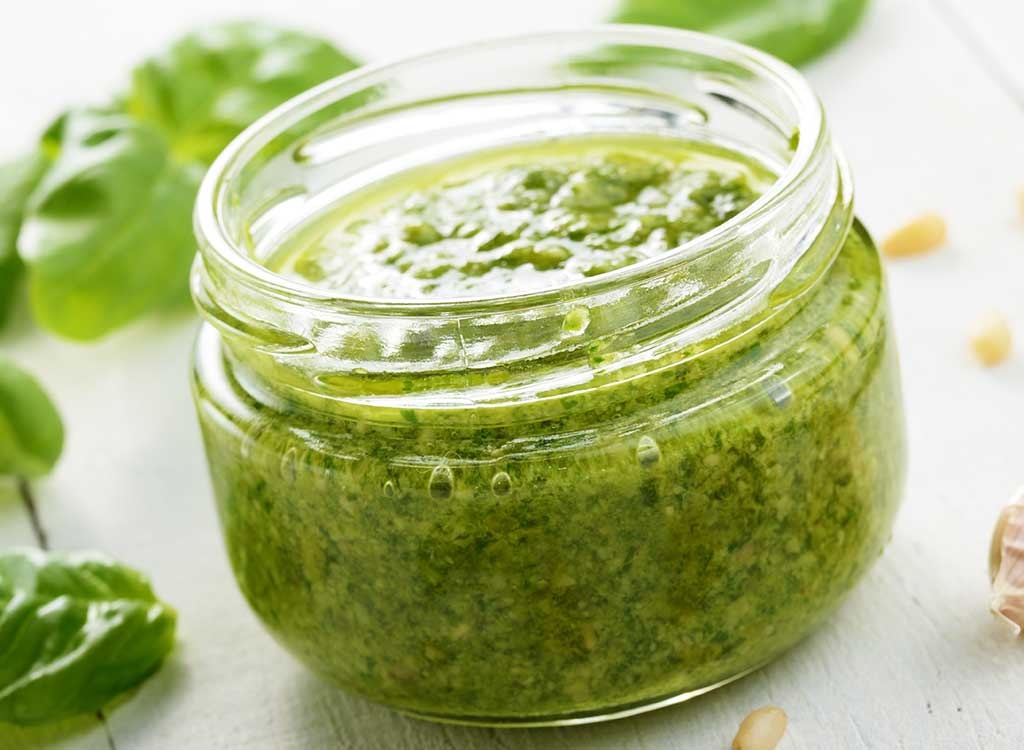
Your future self will thank you when it's, say, the middle of winter, and you pull out some canned peaches you preserved in the summer. If you've got some extra veggies, go ahead and pickle them, too. Have an extra haul from the farmer's market? Turn it into a jam, salsa, or fruit butter!
Look for Food Packaging of the Future
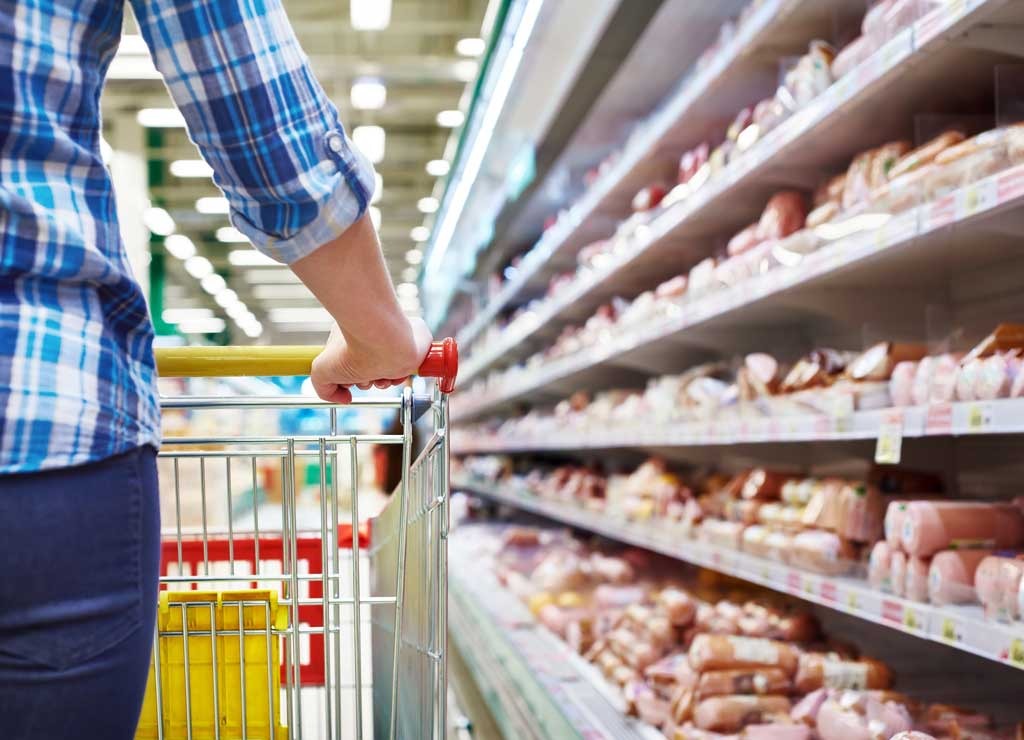
It's time to rethink plastic packaging and manufacturers agree. Researchers at the most recent American Chemical Society national meeting revealed that they're developing a packaging film (made from milk proteins) that is edible. Not only is this awesome news for Mother Earth (buh bye, non-biodegradable waste!), but thin plastic films aren't that great when it comes to preventing spoilage. The protein-based packaging of the future has powerful oxygen blockers to prevent food from spoiling and holds the potential to prevent food waste along the entire food distribution chain.
Set the Right Temps
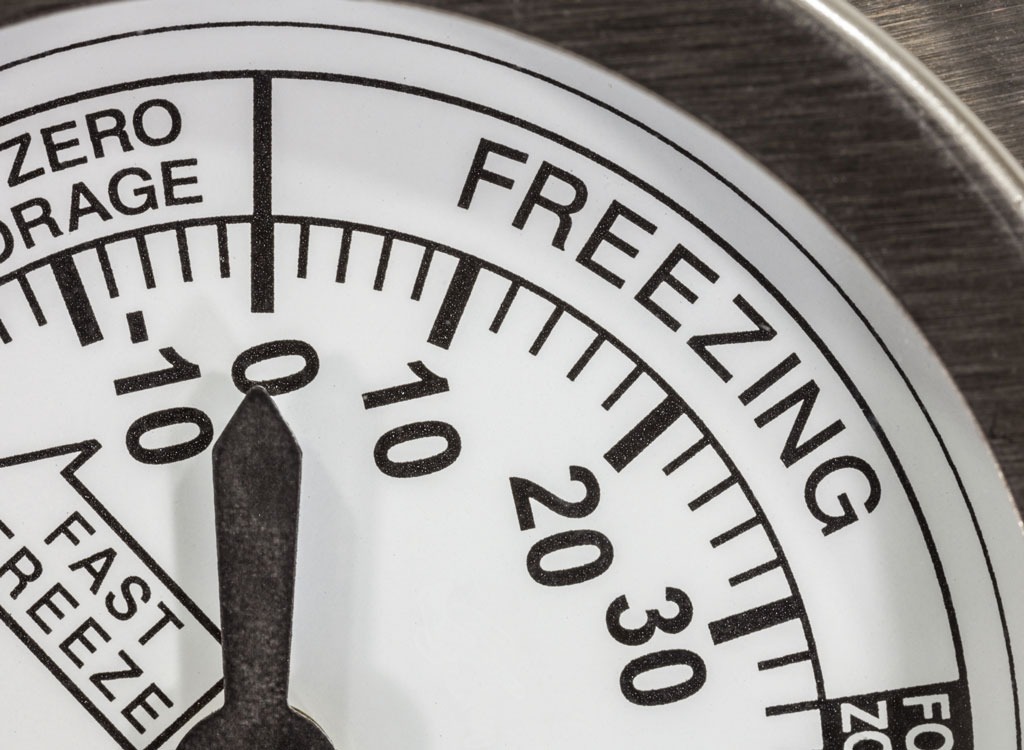
Give your fridge and freezer an audit to make sure they're set at the right temps to keep your food from spoiling too fast. Your freezer should be at 0 degrees Fahrenheit. (Even though foods typically freeze at about 32 degrees, they can still deteriorate at that temperature, according to the United States Department of Agriculture. While freezer-burned food is still safe, it does dry out your food. So, if you can, cut off the freezer-burned portions.) Meanwhile, your fridge should be kept at 40 degrees Fahrenheit or below, according to the U.S. Food and Drug Administration. When it comes to your refrigerator drawers, place your fruits and veggies in the drawer with a low-humidity setting. Your salad greens and herbs should go in the higher humidity drawer to prevent them from wilting quickly.
Buy Seasonal, Local Food
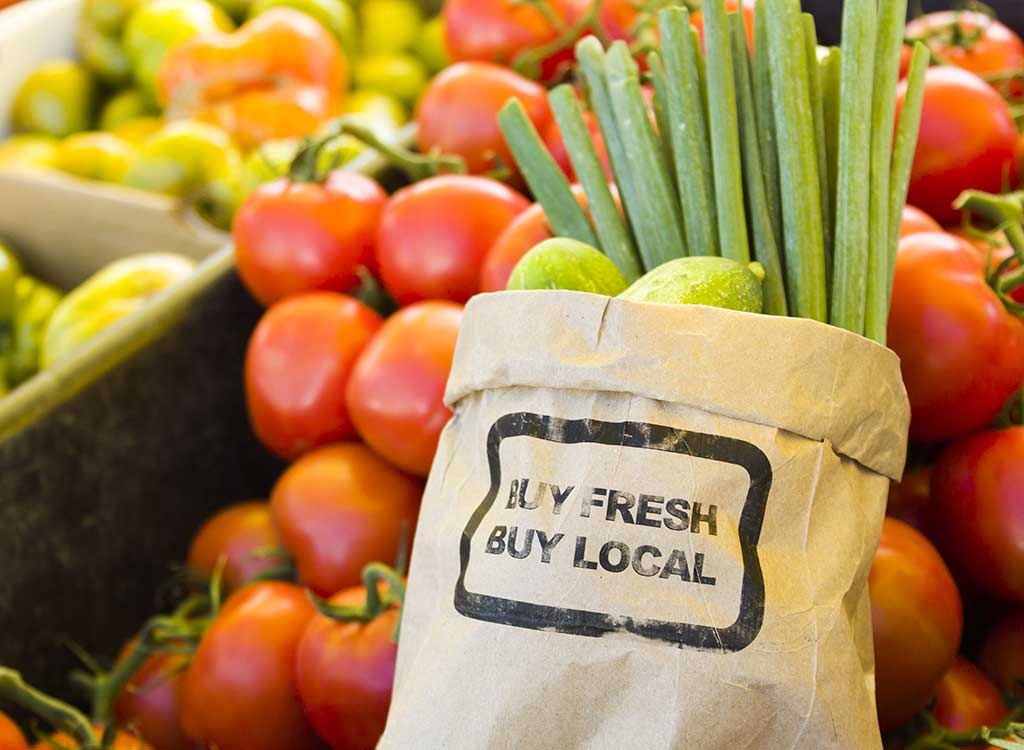
Buying seasonal and local food has all kinds of perks! When you shop local produce, you're reducing your carbon footprint since your food isn't being trucked in from afar. Plus, peak-season produce is also the most flavorful and is ultra-fresh, so will last longer. You can check out SustainableTable.org to learn what's in season now in your state, broken down by months.
Consider Composting
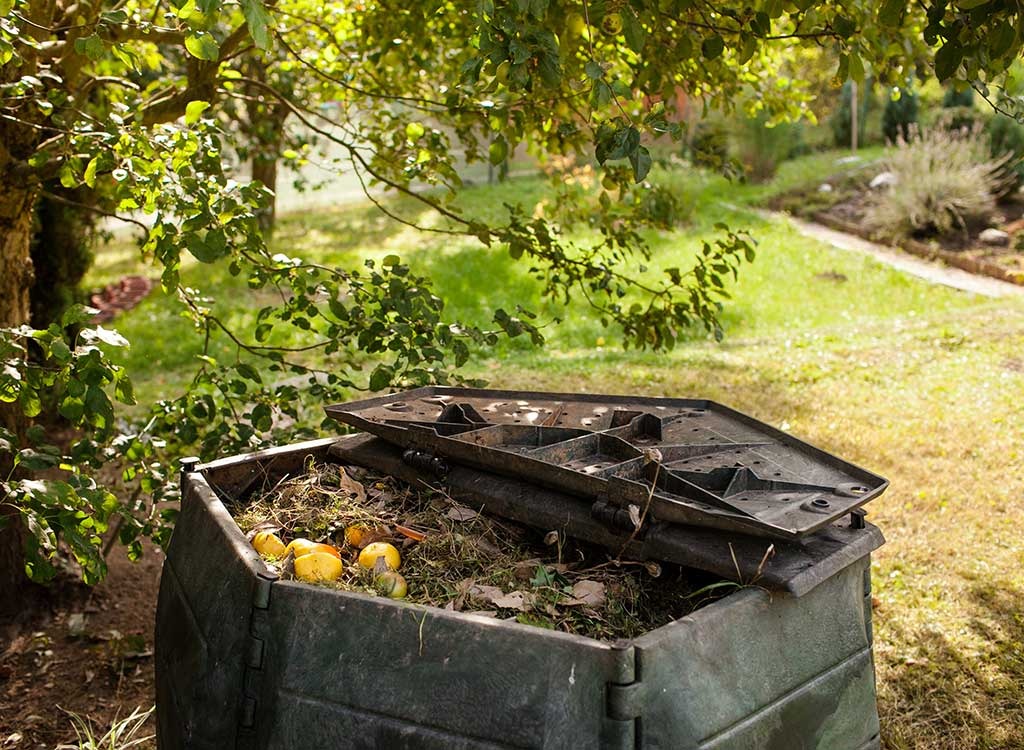
To do this right, you should compost your food scraps with woody yard materials. A University of Washington study found that when you mix the dryer, high-carbon yard trimmings with soggy food scraps, you create perfect composting conditions. In the United States, about 95 percent of food scraps make it to the landfill. But more cities and counties are getting carbon credits if they offer composting, so why not start learning about it now?

